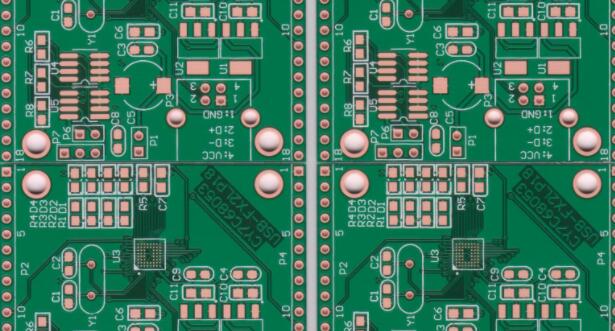Share how to choose PCB material
PCB board is one of the most important product steps inPCB processing, all electronic materials must be installed on the PCB board. Although the PCB board is an important part of the smt completion process, it is necessary to choose a good PCB to play a better quality rate. To choose a good PCB board, the customer's product can be stable and get twice the result with half the effort. Of course, there are many hidden dangers in the selection process.
PCB board selection criteria:-general electronic consumer products, use FR4 epoxy glass fiber substrate; relative to the application of higher temperature or flexible circuit boards, use polyimide glass fiber substrate; for high-frequency circuits, It is necessary to adopt a PTFE glass fiber substrate; to deal with electronic PCBs with high heat dissipation requirements, a metal substrate should be adopted.
When you are looking for PCB boards, you must meet the above solutions, which can reduce the cost of the product and the product qualification rate. The plan needs to include both electrical and structural parts. In the usual application of very high-speed PCB boards with a frequency greater than 1GHz, the effect of this material will be relatively tight. The most common is FR-4 material. The medium consumption at a frequency of several GHz will have a great influence on its signal attenuation, so it is not suitable for adoption.

As far as electrical requirements are concerned, pay attention to whether the dielectric constant and dielectric consumption can match the planned frequency. The PCB boards used by our electronics factory are usually divided into single-sided and double-sided (including multi-layer boards). The material of single-sided PCB is usually FR-1&CEM-1. There are relatively many boards, among which CEM-1 boards. Very good, easy to withstand high temperature and maintenance, can be welded repeatedly, double-sided (including multi-layer boards) usually use FR-1&FR-4 plates, FR-4 plates will be better, belong to glass fiber board, can withstand high temperature and deformation It is relatively small. If you want to make a sample, KB CEM-1 board is an exceptionally good board, with low cost and easy processing.
There are many conflicts between high-speed wiring and EMI electromagnetic compatibility requirements. How to prevent it? The basic source is based on the resistance and capacitance of the active components added by EMI, which cannot form the electrical characteristics of the emi signal that does not meet the required standards. You should first use the skills that govern wiring and PCB stacking to manage or reduce EMI nuisance, such as adopting high-speed signals to route internal wiring. Finally, the resistor-capacitor wiring method was adopted to reduce the interference to EMI signals. At present, the country has higher and higher requirements for environmental protection and greater efforts in link governance. This is a challenge but also an opportunity for PCB factories. If PCB factories are determined to solve the problem of environmental pollution, then FPC flexible circuit board products can be at the forefront of the market, and PCB factories can get opportunities for further development.
The Internet era has broken the traditional marketing model, and a large number of resources have been gathered together to the greatest extent through the Internet, which has also accelerated the development speed of FPC flexible circuit boards, and then as the development speed accelerates, environmental problems will continue to appear in PCB factories. In front of him. However, with the development of the Internet, environmental protection and environmental informatization have also been developed by leaps and bounds. Environmental information data centers and green electronic procurement are gradually being applied to the actual production and operation fields.